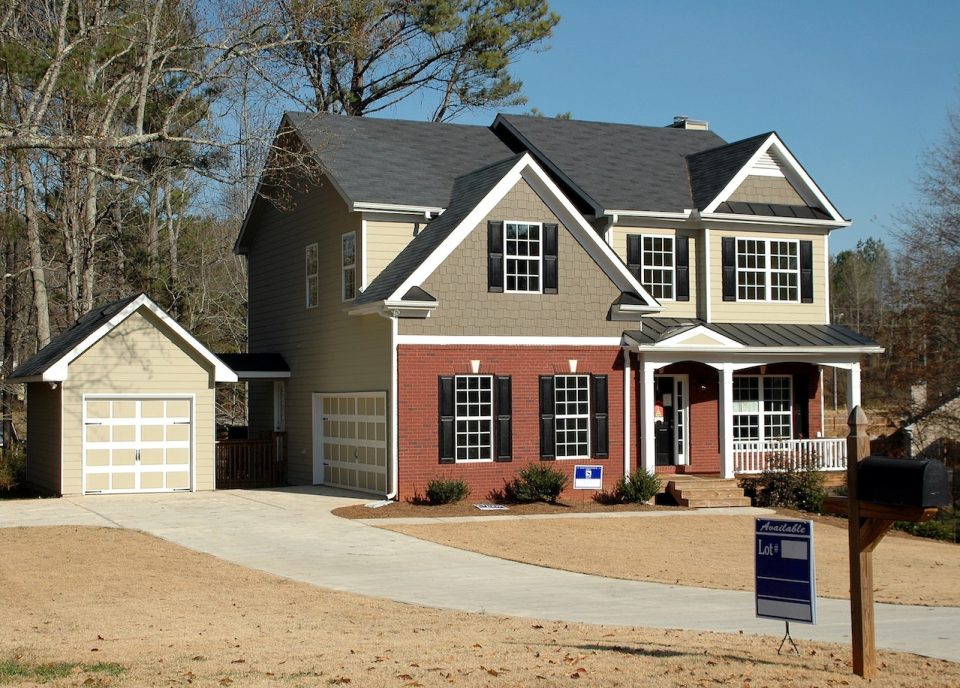In a relentless upward trend, home prices in the United States have marked their sixth consecutive month of growth, reaching unprecedented levels in July, propelled by acute inventory shortages that have intensified market competition.
According to the S&P CoreLogic Case-Shiller National Home Price Index, July witnessed a robust surge of 0.6% on a month-over-month basis and an impressive 1% increase over the past 12 months when seasonally adjusted. This escalation pushed the national home index to an all-time high, surpassing the previous record set in June 2022.
Craig J. Lazzara, the Managing Director at S&P DJI, noted, “U.S. home prices continued to rally in July 2023.” He added, “The increase in prices that began in January has now erased the earlier [H2 2022] decline, so that July represents a new all-time high for the National Composite.”
The 20-city index, a gauge of existing home prices in the 20 largest U.S. cities, exhibited a monthly increase of 0.9% in July after seasonal adjustments, outperforming economists’ expectations of 0.7%, as per Bloomberg’s survey.
“This recovery in home prices is broadly based,” Lazzara stated. “As was the case last month, 10 of the 20 cities in our sample have reached all-time high levels. In July, prices rose in all 20 cities after seasonal adjustment (and in 19 of them before adjustment).”
Over the last 12 months, the 20-city index saw a marginal uptick of 0.1%. Notably, for the third consecutive month, Chicago, Cleveland, and New York reported the highest year-over-year gains among the largest U.S. metropolitans in July, at 4.4%, 4%, and 3.8%, respectively.
The median price for existing homes in the U.S. saw a notable increase of 1.9% in July, surging to $406,700, as reported by the National Association of Realtors (NAR). This surge underscores the persisting demand outweighing the limited supply, despite some buyers hesitating due to soaring borrowing costs.
Danielle Hale, Realtor.com’s Chief Economist, pointed out, “This month’s index data tracks May, June, and July, a period when mortgage rates neared 7% in mid-July, creating the second knock of a one-two blow to housing affordability.”
The upward trajectory of home prices has been influenced by the dwindling housing supply on the market, a result of a combination of already low inventory and sellers opting to hold onto their properties to retain low mortgage rates. In July, the inventory of unsold listings plummeted by 14.6% to 1,110,000 units from 1,300,000 units the previous year.
Danny Sassoon, Senior Loan Officer and Assistant Vice President of Citizen Bank, explained, “If [homeowners] have mortgages that are 2, 3, or 4%, they are less inclined to sell their house or their apartment.”
The surge in mortgage rates, which hit an average of 6.84% for a 30-year loan in July, has also impacted demand, eroding buyers’ purchasing power.
According to a property research firm’s projection, prices are anticipated to continue their ascent into 2024, albeit at a more measured pace due to elevated mortgage rates. CoreLogic suggests U.S. home prices may see a year-over-year increase of 3.5% by July 2024.
Selma Hepp, Chief Economist for CoreLogic, noted, “The projection of prolonged higher mortgage rates has dampened price forecasts over the next year, particularly in less-affordable markets.”
As the Federal Reserve hints at keeping rates “higher for longer,” financing buyers may face even greater challenges. Lawrence Yun, the Chief Economist of the National Association of Realtors, cautioned, “In the short run, it’s possible that mortgage rates may go up to 8%.”
“Mortgage rate changes will have a big impact over the short run, while job gains will have a steady, positive impact over the long run,” Yun concluded.
Source: Yahoo Finance

